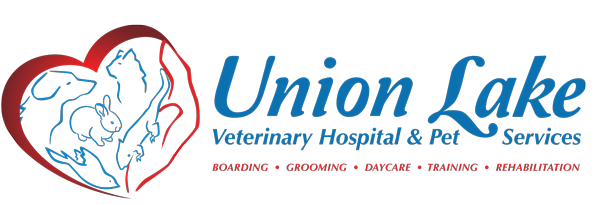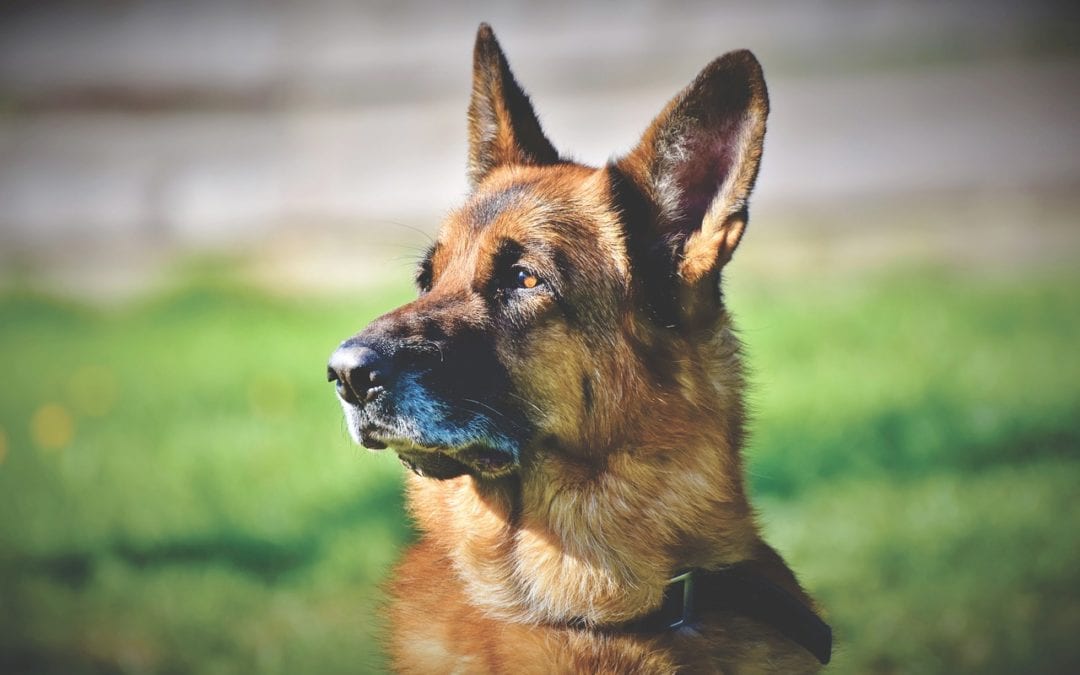For many pets, osteoarthritis can be just as common an affliction as it is for humans. Knowing how to best manage your pet’s care under these circumstances can be a daunting task, but it doesn’t have to be.
While canine osteoarthritis is more common in senior dogs, it can affect dogs of all ages. This is especially true for those who are overweight, have suffered a traumatic injury, or are genetically predisposed to hip dysplasia and other bone, joint and ligament issues.
Symptoms
Unless your pup has a predisposition to osteoarthritis, it can be easy to miss the warning signs your dog may be presenting. In fact, many pet owners are unaware that there’s an issue until the condition becomes advanced enough for it to be unmistakable.
Common symptoms often include:
- Stiffness in your dog’s movement after strenuous exercise or when rising from a long nap
- Slow to start activities or refusal to participate in activity all together
- Reluctance to jump in the car, or go up or down stairs,
- May be slow to rise or lag behind on walks
- Excessive licking of the affected area (if reachable)
- Yelping or aggressive behavior when touched in the affected area
Prevention and Rehabilitation
While there is no “cure” for canine osteoarthritis there are measures you can take to prevent this condition or work toward rehabilitating your pet and lessening his or her pain. These measures can aid in the overall wellness of your pet throughout his or her lifetime.
- Diet—Working to maintain a healthy weight for your pet is the front line of defense against osteoarthritis. While ideal weights vary by breed and age, keeping your pet’s diet healthy and portions moderate can go a long way when it comes to easing his or her aches and pains as it relieves the overall stress on his or her bones, joints, ligaments, and overall system.
- Exercise—Keeping your pet active not only helps him or her to maintain a healthy weight, but also keeps your pets bones, joints, and ligaments healthy and ready for continued action. Even if your pet’s osteoarthritis is already affecting his or her mobility, allowing him or her to remain sedentary will only accelerate the condition.
- Rehabilitation—Working with a veterinary rehabilitation specialist if your pet has been injured or as symptoms begin to present can not only ensure that your pet’s injuries heal in the best possible way, but can also slow the progress of osteoarthritis if it has already set in. Such rehabilitation therapies include laser therapy, massage therapy, and hydrotherapy. These therapies may have varying degrees of success depending on your pet’s condition.
Learn More
Union Lake Pet Services’s rehab specialist, Lisa Blanchard, will be hosting a workshop Wednesday, May 14 from 6:30 – 8:30 p.m. to help pet owners who are caring for dogs (of all ages) living with osteoarthritis.
Even if your dog is not arthritic, this workshop will benefit anyone interested in keeping their canine fit for life and, hopefully, avoid this debilitating condition all together.
For more information, or to RSVP to this event, please contact us.

